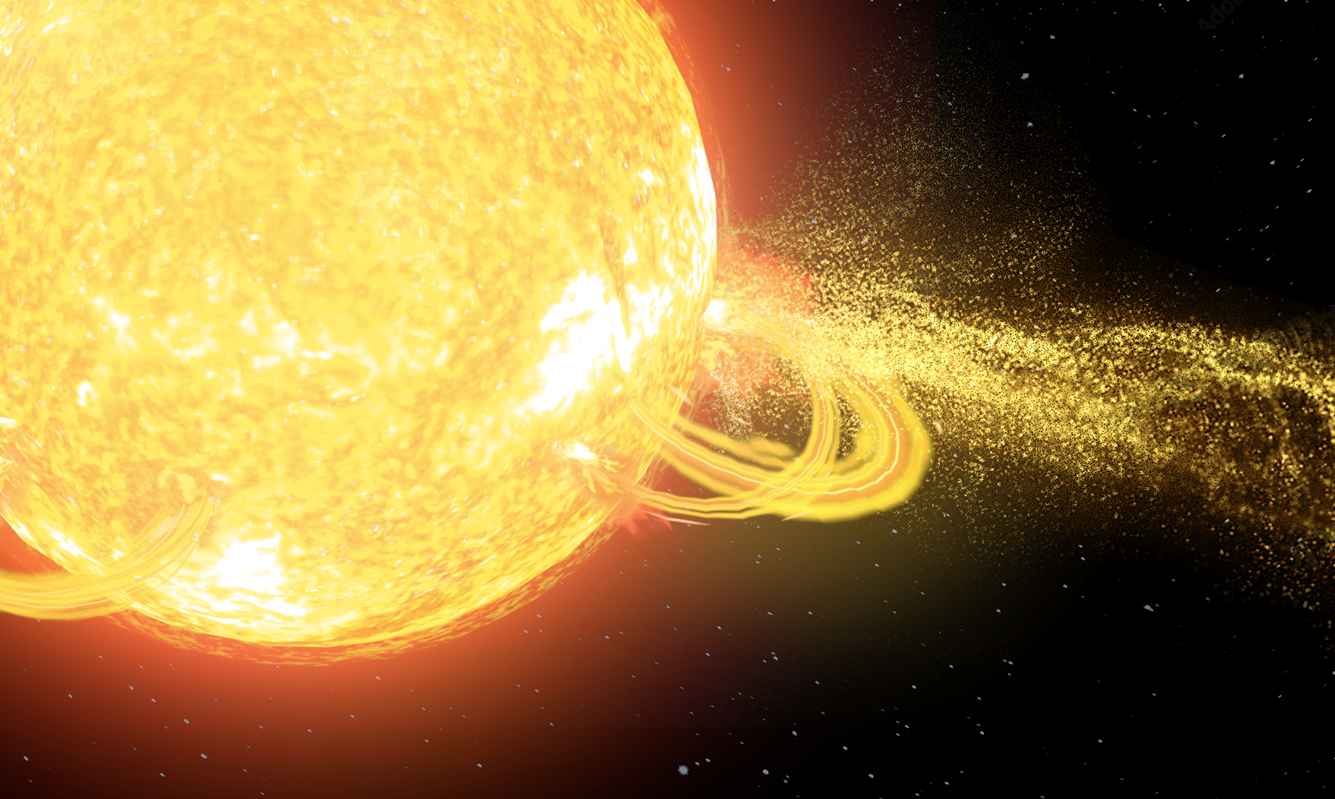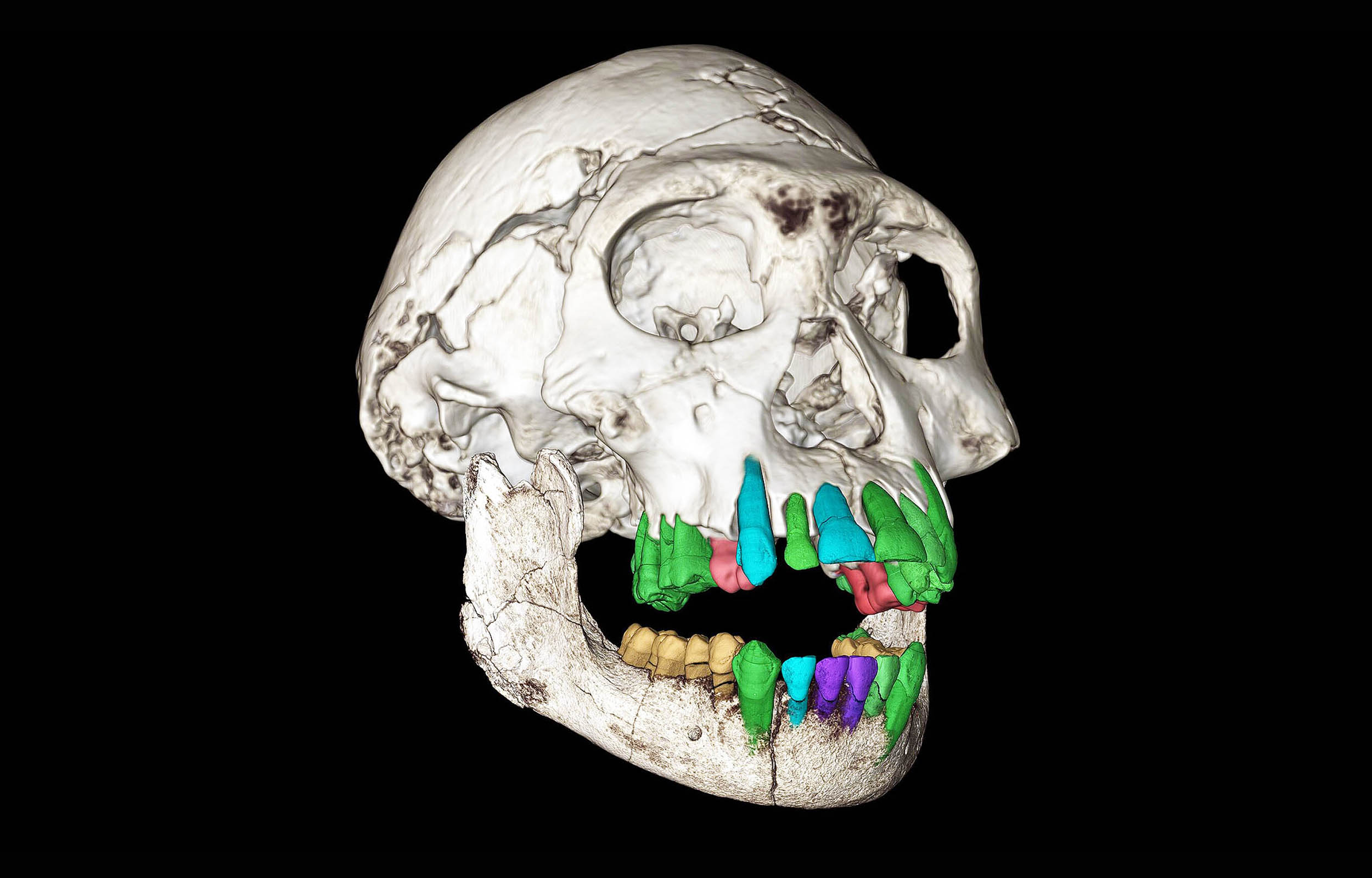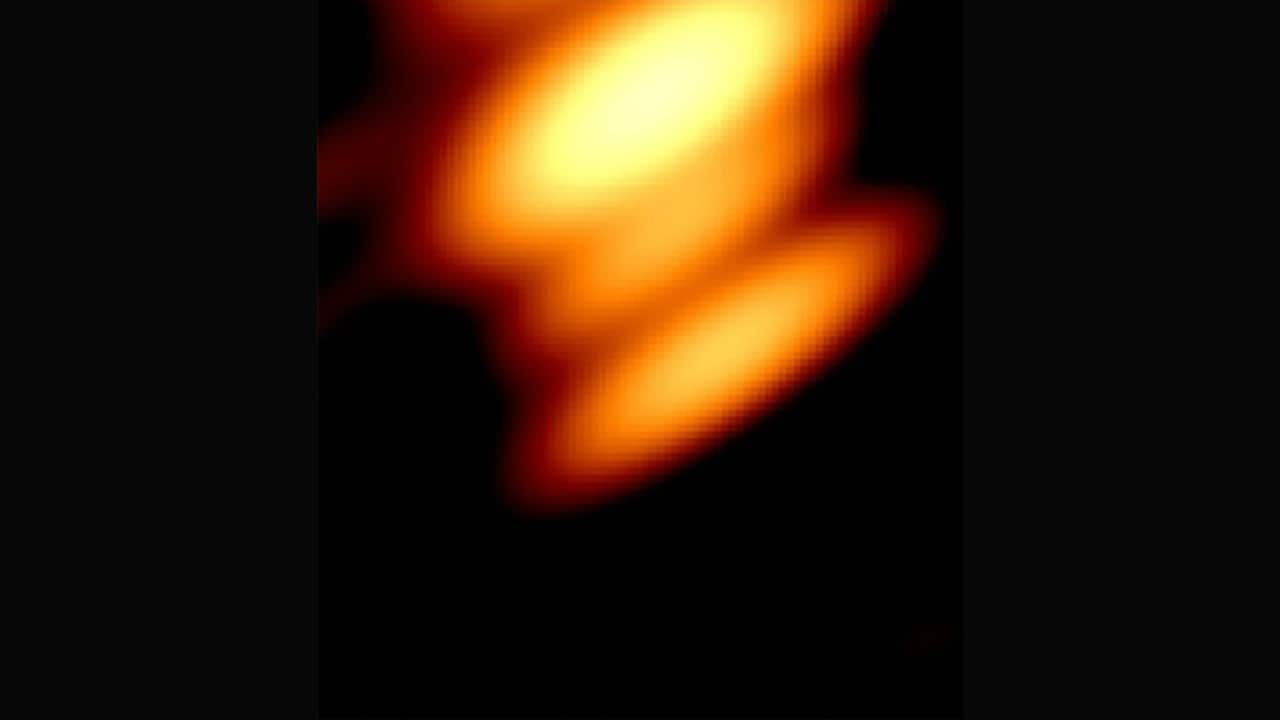Unbelievable Discovery: The Alamosaurus Vertebra Unearthed in Texas!

Imagine stumbling upon a piece of history that could rewrite everything we know about dinosaurs! Well, students at Sul Ross State University did just that when they unearthed a vertebra from the magnificent Alamosaurus in Big Bend National Park, the largest land animal to ever roam North America. This groundbreaking find not only deepens our understanding of this colossal titan but also sheds light on the ancient ecosystems of the American Southwest.
The Alamosaurus, a giant titanosaur from the Late Cretaceous period, is a monumental figure in the history of dinosaurs. Imagine a creature stretching an astonishing 21 meters (70 feet) long and weighing up to 80 tons—a beast that dwarfs present-day North America’s largest land mammals, like the bison. These fascinating giants are part of the sauropod family, renowned for their long necks and enormous bodies. Alamosaurus stands among the largest creatures ever to grace the Earth, rivaling other titanosaur giants like the Patagotitan from South America.
While today’s bison might wear the crown of the largest land animal in North America, Alamosaurus’s legacy remains unmatched. The first fossil remains of this dinosaur were discovered back in 1921, igniting a century-long fascination among scientists trying to unravel its role in the prehistoric food chain. What’s particularly intriguing is that Alamosaurus appeared relatively late in North America’s dinosaur timeline, a puzzling phenomenon linked to the “sauropod hiatus,” a significant gap in the fossil record.
This hiatus lasted around 30 million years, during which sauropods mysteriously vanished from North America. The reasons behind this absence are still up for debate. Some experts suggest that these massive creatures went extinct in the region, while others theorize that it was simply due to a lack of fossil preservation. After all, fossilization is a rare occurrence, often requiring very specific environmental conditions.
Another theory proposes that the hiatus arose from migration. During this era, South America was home to some of the largest dinosaurs known, including the Patagotitan, which reached incredible lengths of 37 meters (121 feet). Researchers believe that Alamosaurus might have made a triumphant return to North America via migration from the south, supported by geological evidence indicating that continents were once interconnected through land bridges.
The recent discovery in Big Bend National Park adds weight to this hypothesis. The vertebra unearthed by the dedicated students not only supports the idea that these giants roamed vast territories but also offers intriguing evidence of the migratory patterns that contributed to the reappearance of sauropods in North America.
But what makes this find especially exciting is its role in painting a clearer picture of Alamosaurus’s habitat. Fossils are invaluable clues into the ancient world, and this vertebra tells us much about the ecosystem in which these titans thrived—suggesting that it was a lush environment with abundant vegetation, likely near water sources crucial for sustaining such massive creatures.
The committed team from Sul Ross State University is at the forefront of this research, meticulously documenting the fossil site and analyzing its structure. Their hard work not only enriches academic knowledge but also ignites public enthusiasm for paleontology and dinosaurs.
While the fossil record often presents a jigsaw puzzle, treasures like this vertebra are essential milestones in our quest to understand the prehistoric giants of the past. Each new discovery brings us one step closer to reconstructing the narrative of Alamosaurus and its North American existence.
As part of the grand evolutionary family of titanosaurs, Alamosaurus stands as one of the last sauropods to walk North America before the catastrophic asteroid impact that led to the dinosaurs' extinction approximately 65 million years ago. As the final representative of its kind in this region, Alamosaurus serves as a poignant reminder of a world long gone, its grand size and eventual fate still captivating our imaginations.
In many ways, unearthing Alamosaurus fossils in the modern age transcends mere scientific investigation. It acts as a portal into a prehistoric world where these astounding creatures once thrived. For researchers and enthusiasts alike, every new find is a vital step towards understanding the intricate history of life on Earth and the complex factors that shaped the evolution of dinosaurs.

















